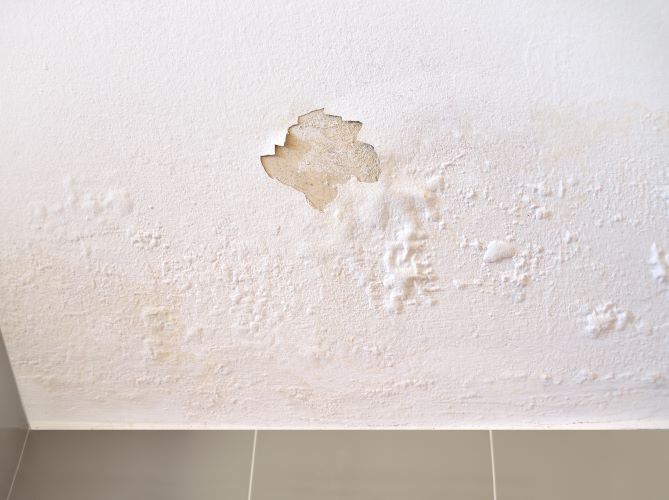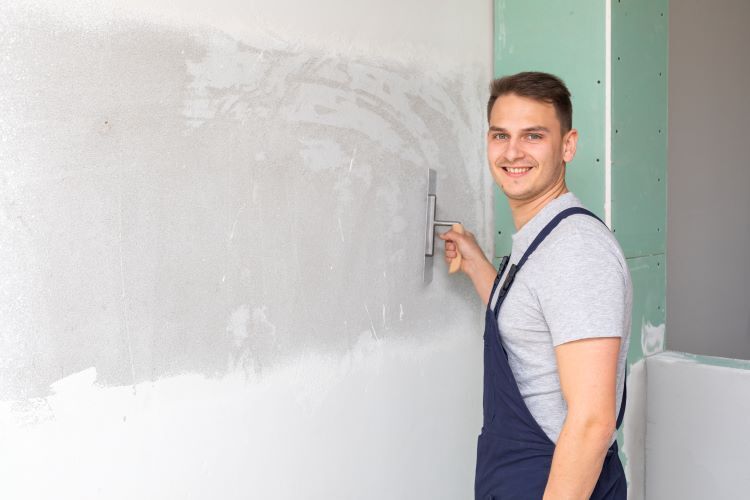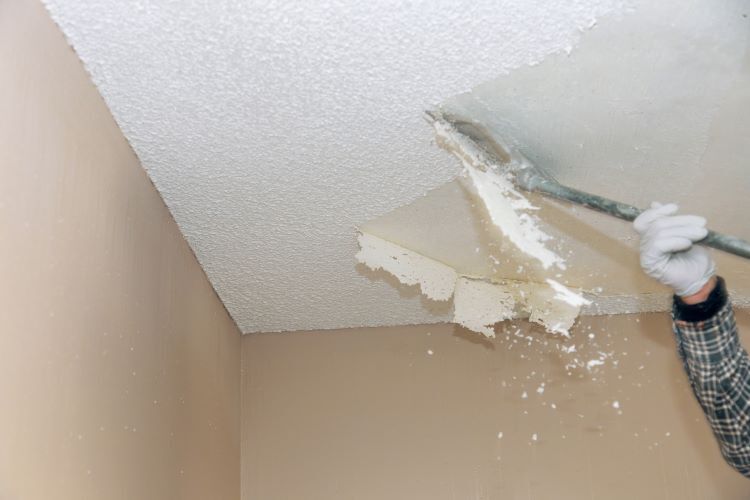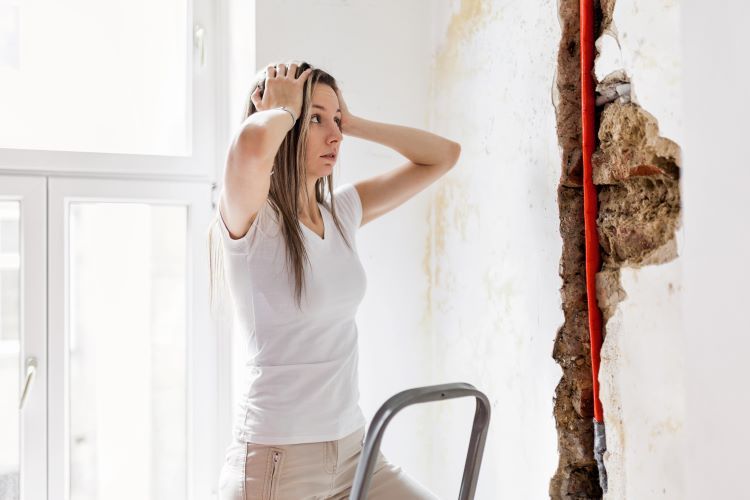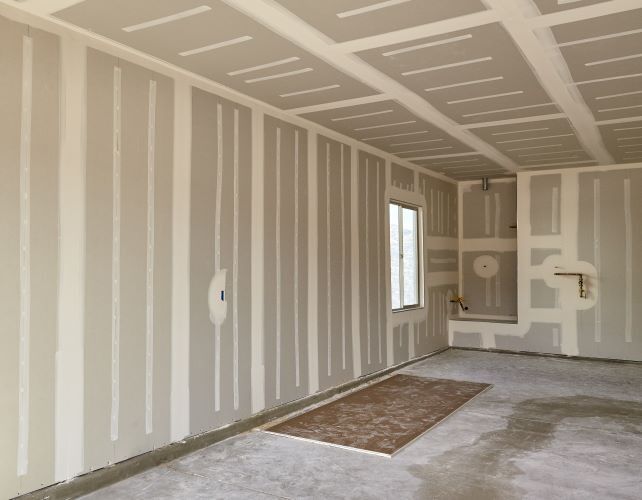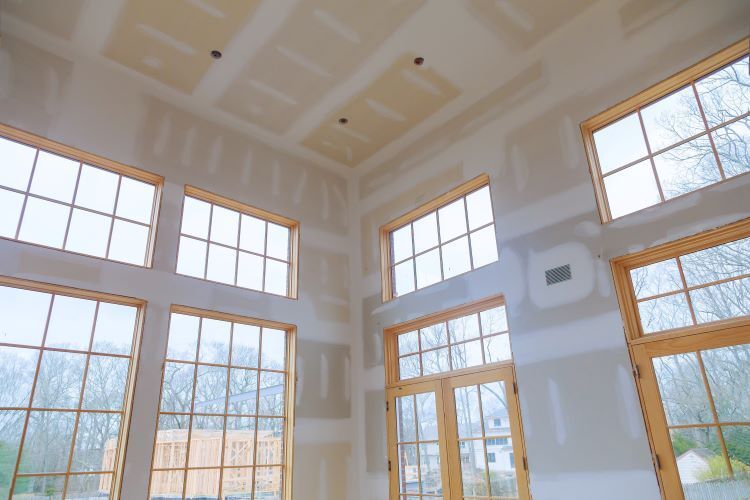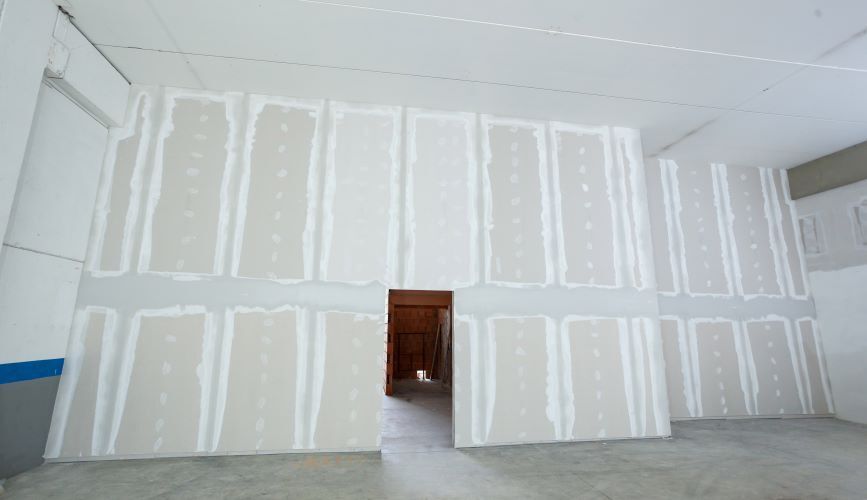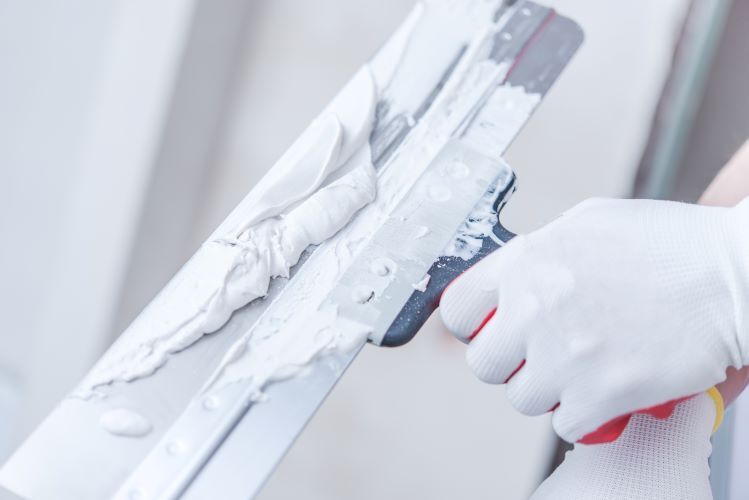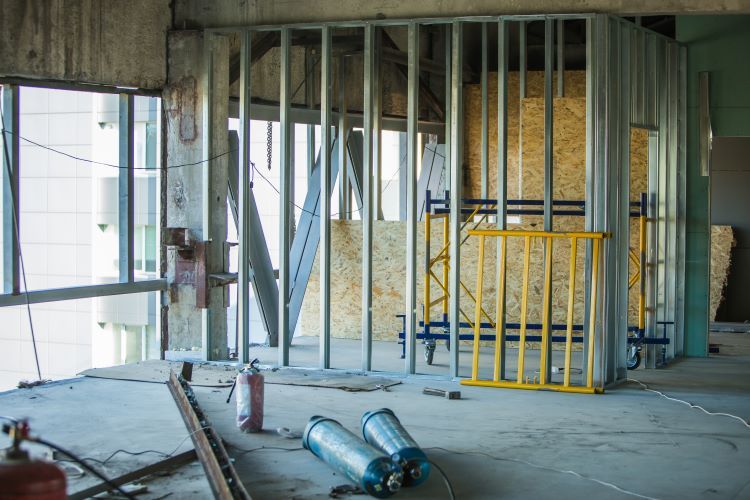How Long Does it Take to Drywall a Basement
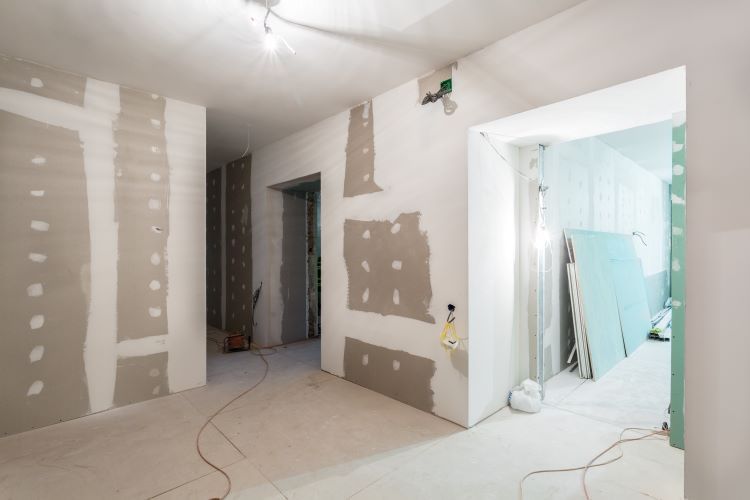
When it comes to finishing your basement, drywall installation is a crucial step that can transform your space into a functional and appealing area. However, one common question homeowners have is, "How long does it take to drywall a basement?" The answer to this depends on several factors, including the size of the basement, the complexity of the layout, and whether you are doing it yourself or hiring professionals. In this article, we will break down the process and time estimates for drywalling a basement, and why London Drywallers is the ideal choice for your project in London, Ontario.
Factors Affecting Drywall Installation Time
1. Basement Size
The size of your basement is the primary factor affecting the duration of the drywall installation process. A larger basement requires more sheets of drywall and more time for hanging, taping, and finishing. On average, a 1,000 square foot basement can take longer to complete compared to a smaller space.
2. Complexity of the Layout
Basements with numerous corners, alcoves, and unique architectural features can take longer to drywall. These complexities require additional cutting, fitting, and finishing work, which adds to the overall time.
3. Skill Level
If you are undertaking the drywall installation as a DIY project, it might take longer compared to hiring professional drywall installers. Professionals have the experience, tools, and team to work efficiently and complete the job faster.
4. Number of Workers
The more workers you have on the job, the quicker the process. Professional drywall companies often have a team of workers who can handle different aspects of the installation simultaneously, speeding up the project timeline.
5. Preparation Work
The time required for preparation work, such as framing, insulation, and electrical work, can also affect the drywall installation timeline. All these tasks need to be completed before the drywall can be hung.
Step-by-Step Drywall Installation Timeline
1. Preparation (1-2 Days)
Before drywall can be installed, the basement must be properly prepared. This includes framing the walls, installing insulation, and ensuring all electrical and plumbing work is complete. This stage can take 1-2 days, depending on the scope of the work.
2. Hanging Drywall (2-3 Days)
Hanging drywall involves cutting the sheets to size and securing them to the wall studs with screws or nails. For an average-sized basement, this step typically takes 2-3 days. Professional installers might complete this phase faster due to their expertise and use of specialized tools.
3. Taping and Mudding (3-5 Days)
Once the drywall is hung, the seams between the sheets need to be taped and covered with joint compound (mud). This process usually involves three coats of mud, with each coat needing to dry before the next one is applied. This stage can take 3-5 days, including drying time.
4. Sanding and Finishing (1-2 Days)
After the final coat of joint compound has dried, the walls need to be sanded to a smooth finish. This step can take 1-2 days, depending on the size of the basement and the number of workers. Any touch-ups and final inspections are also done during this time.
5. Clean-Up (1 Day)
The final step is clean-up, which involves removing dust and debris from the work area and ensuring the basement is ready for the next phase of your renovation. This usually takes about 1 day.
Total Time Estimate
For an average-sized basement, the entire drywall installation process typically takes between 8-13 days. This estimate can vary based on the factors mentioned earlier, but it provides a general timeline for planning your project.
Why Choose London Drywallers?
At London Drywallers, we understand that timely and efficient drywall installation is crucial for your basement renovation project. Here’s why you should choose us for your drywall needs:
- Experienced Team: Our team of skilled professionals has years of experience in drywall installation, ensuring high-quality results and efficient service.
- Comprehensive Service: We handle every aspect of drywall installation, from preparation to finishing, so you can be confident that your project is in good hands.
- Customer Satisfaction: We prioritize customer satisfaction and work closely with you to meet your specific needs and timeline.
- Local Expertise: As a local company in London, Ontario, we understand the unique requirements of homes in our community and provide tailored solutions.
Contact London Drywallers today to discuss your basement drywall project and receive a detailed estimate. Let us help you transform your basement into a beautiful, functional space with our professional drywall services.
